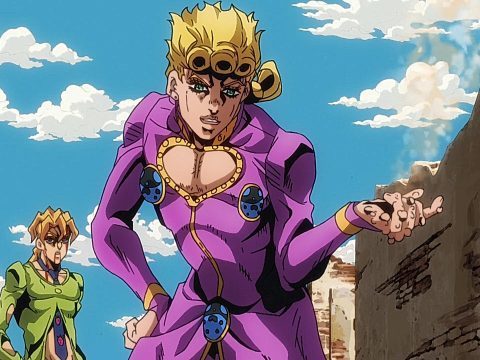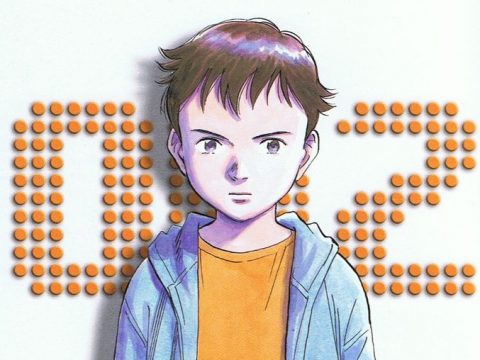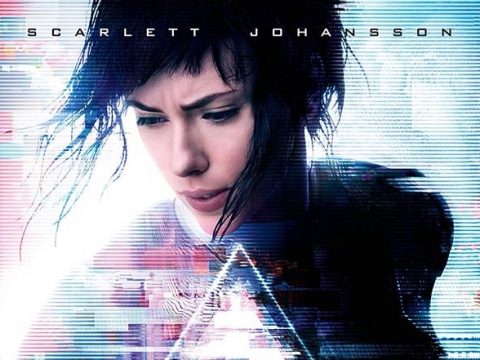
Being on a console that’s still trying to gain ground is a guarantee that some people are jumping into Hideo Kojima’s wild world of Metal Gear Solid for the first time, an event that can be more intimidating than any other entry-level game experience out there. Perhaps making this number even larger is the existence of the Metal Gear Solid 4 Playstation 3 bundle, luring in new players with its fancy new Dualshock controller and a hypnotically large image of Old Snake’s grimacing mug.
By now, everyone knows how impenetrable it is to these curious newcomers, but it also might be the best time to jump in thanks to controls that make almost every previous iteration seem downright archaic, even if the style of narrative hasn’t evolved quite as much over the years. Let’s take a quick look at the way each sequel helped to push the series toward a more modern and intuitive control style, and remember• this is a SNEAKING MISSION.
 Metal Gear Solid (1998 — Playstation)
Metal Gear Solid (1998 — Playstation)
Ah, I remember it just like it was yesterday. Sometime in 1998, a very special issue of Electronic Gaming Monthly appeared in my mailbox, heralding the next generation of a hero I had almost completely forgotten about. While Metal Gear on NES was almost a required game to own amongst my elementary school pals, I never quite managed to crack its top-down barrier. Instead, I managed to get killed by dogs. A lot.
Let’s face it; games at the time weren’t exactly built for creeping around corners and slickly downing your enemies. I would have completely destroyed MG if only Snake had the power to leap on his enemies and squash them flat, or maybe inject them with an airgun and inflate them until they explode like his much more violent predecessor Dig Dug.

The real innovation when Solid arrived was the narrative, which bucked the then-current trend of computer-animated cutscenes in favor of telling its story via the in-game engine. While the already bursting storyline and style of virtual filmmaking would only grow more complex in the follow-up, Kojima and co. still had virtual tricks up their sleeves in the gameplay department.
 Metal Gear Solid 2: Sons of Liberty (2001 — Playstation 2)
Metal Gear Solid 2: Sons of Liberty (2001 — Playstation 2)
One of the chief additions made to MGS2‘s control scheme took advantage of the generational leap that had taken place between the first two Sony consoles. Anyone that picked up the opening salvo of Kojima’s other series, Zone of the Enders, will fondly recall popping in the demo disc for Sons of Liberty and being wowed not only by the drastic visual upgrade, but a crucial switch-up in gameplay thanks to the ability to aim your weapon in first-person mode.
While this was eventually added to the first game in the Gamecube remake, Twin Snakes—essentially breaking a decent amount of the game—it made its impact when the full version of MGS2 was finally released in 2001 after what seemed like an eternity. It may sound like beans now, but getting tranquilizer headshots and playing around with shooting all of the environment’s interactive objects really pushed the immersive aspects of the series forward; from bursting watermelons to confusing bosses like Olga (probably the only truly series-advancing fight in that game) by aiming specifically at a tarp or a spotlight in the opening Tanker level.

Metal Gear Solid 3: Snake Eater (2004 — Playstation 2)
 Snake Eater won me over at first with its rousing, James Bond bombshell theme song, but the real meat of it all (forgive the pun) could be found in Naked Snake’s survival features. Hunting wild animals for food, stitching up your own wounds and applying ointment to aches: it changed the way everyone played the game. It also slowed down the pacing a bit, but it seemed appropriate in the radar-free, hunt-or-be-hunted scenario. The best, however, was saved for last. Just like MGS2 before it, Snake Eater was eventually re-released in a special edition with added features, subtitled Subsistence. The most notable of these changes took a hint from stealth competitor Sam Fisher of Ubisoft’s Splinter Cell series, giving the player full control over the camera at all times. Finally, the sneakiest of gamers could position the camera behind Snake and be significantly less surprised when enemy soldiers would walk around corners on patrol, and less reliant on first-person switching to see where a boss is hiding. It also made the game a heck of a lot easier, but that’s a small price to pay for an addition that should have arrived years prior.
Snake Eater won me over at first with its rousing, James Bond bombshell theme song, but the real meat of it all (forgive the pun) could be found in Naked Snake’s survival features. Hunting wild animals for food, stitching up your own wounds and applying ointment to aches: it changed the way everyone played the game. It also slowed down the pacing a bit, but it seemed appropriate in the radar-free, hunt-or-be-hunted scenario. The best, however, was saved for last. Just like MGS2 before it, Snake Eater was eventually re-released in a special edition with added features, subtitled Subsistence. The most notable of these changes took a hint from stealth competitor Sam Fisher of Ubisoft’s Splinter Cell series, giving the player full control over the camera at all times. Finally, the sneakiest of gamers could position the camera behind Snake and be significantly less surprised when enemy soldiers would walk around corners on patrol, and less reliant on first-person switching to see where a boss is hiding. It also made the game a heck of a lot easier, but that’s a small price to pay for an addition that should have arrived years prior.
That leaves us with Metal Gear Solid 4: Guns of the Patriots, which you can read more about in the latest issue of Otaku USA. Without spoiling anything, it’s important to mention the way that 4, either intentionally or as a result of its steadily increasing reliance on cutscenes, begins to devolve as each chapter goes by. While it starts off with the most innovative gameplay aspects the series has seen thus far—throwing Old Snake in the middle of a warzone with the ability to tackle it in pretty much any way imaginable—subsequent chapters lose the open-ended nature of the first act or two, sending Snake backwards through an entire decade of gaming.

I like to think of it as an intentional nod to the series as a whole in the same way the story aims to wrap up every single loose thread created over the years. Even if that’s not the case, MGS4 is a killer ending to a potent series that will no doubt go down in history as one of this decade’s most memorable. Even if it may be painful to stumble back through time and tackle Metal Gear from the beginning, flaws and all, I couldn’t imagine anyone regretting it once those long, long credits roll at the end.






![[Review] Ghost in the Shell Deluxe Edition Manga [Review] Ghost in the Shell Deluxe Edition Manga](https://otakuusamagazine.com/wp-content/uploads/2017/08/gitsdeluxeheader-480x360.jpg)
